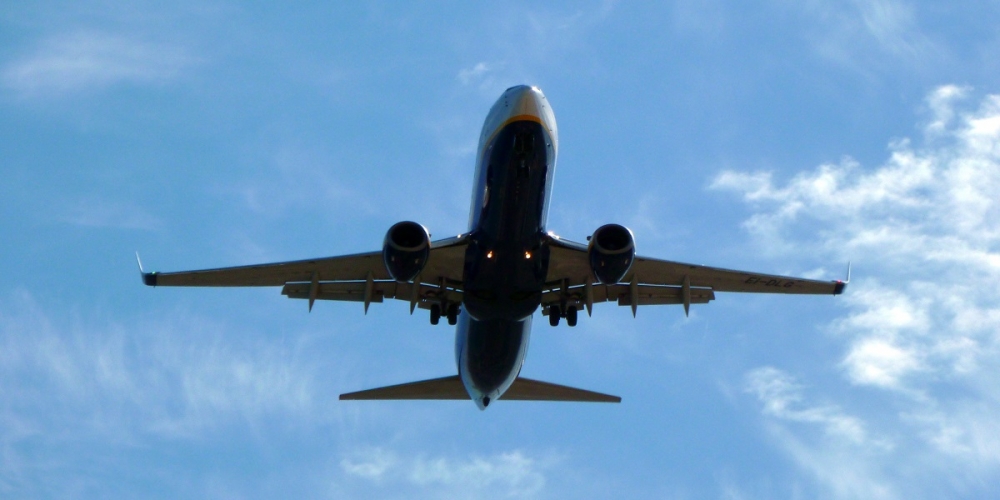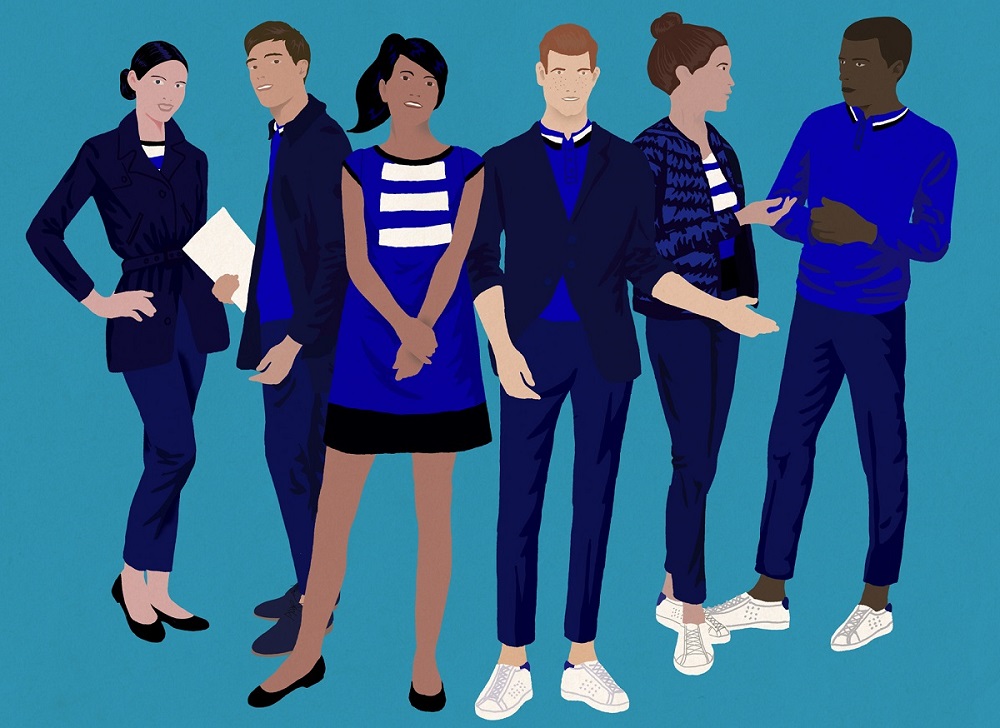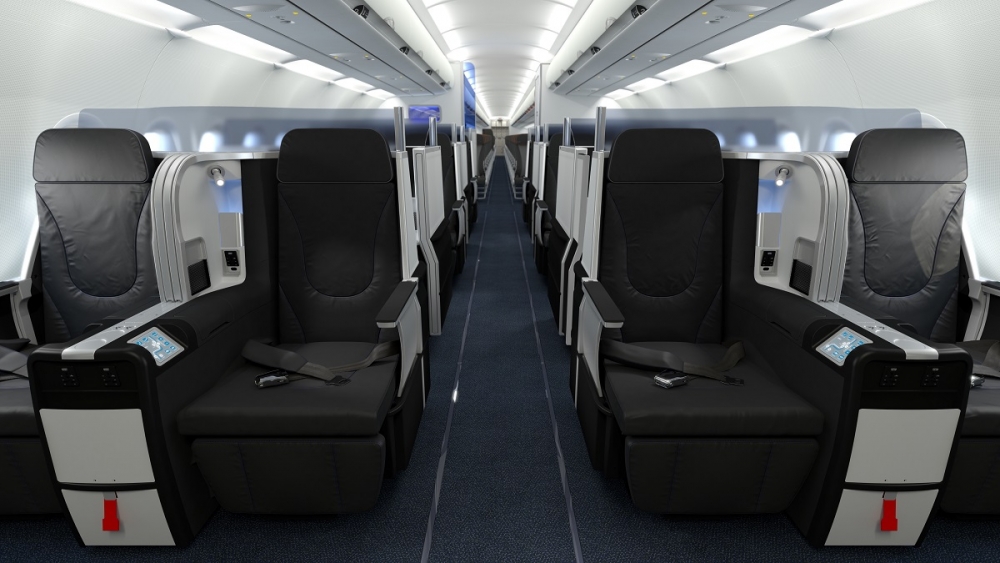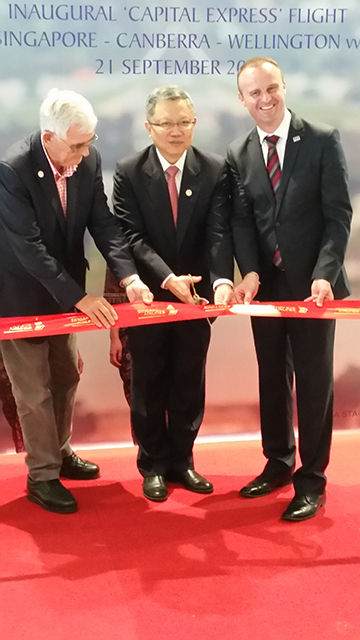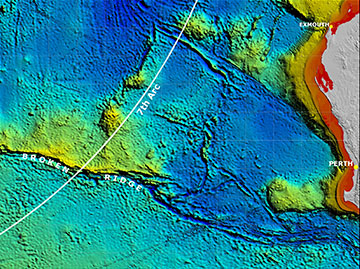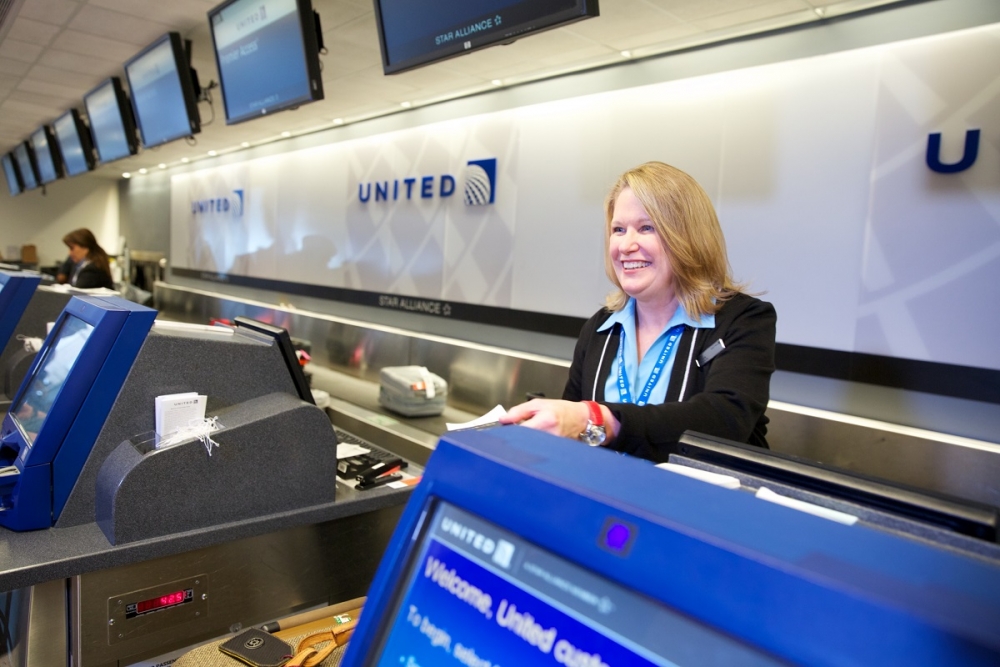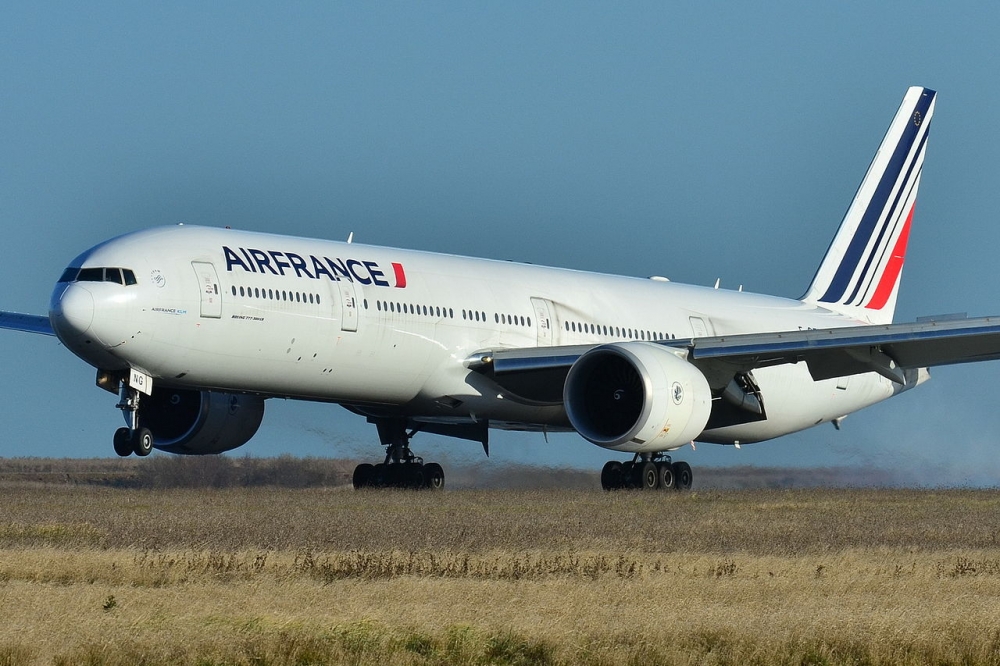Low-cost giant Ryanair has warned it could move “some or all” of its UK-based aircraft to Europe unless it receives certainty about operations after Brexit.
Ryanair said on Monday it remained concerned about the uncertainty surrounding the UK’s departure from the European Union from March, 2019, and whether Britain would remain a party to the EU Open Skies agreement.
The airline, which has almost 90 aircraft in the UK, campaigned against Brexit and strongly supports staying with the open skies agreement.
It is worried there will neither the time nor the goodwill to allow a bilateral treaty to be negotiated if this proves not to be the case and that the policy chaos could result in flight disruptions.
“We, like all airlines, seek clarity on this issue before we publish our summer 2019 schedule in the second quarter of 2018,’’ Ryanair said in a statement announcing a 55 per cent rise in first-quarter profits.
“If we do not have certainty about the legal basis for the operation of flights between the UK and the EU by autumn 2018, we may be forced to cancel flights and move some, or all, of our UK based aircraft to Continental Europe from April ’19 onwards.
“We have contingency plans in place and will, as always, adapt to changed circumstances in the best interests of our customers and shareholders.’’
The warning came as Ryanair boss Michael O’Leary also revealed the group was one of 10 companies to submit “non-binding” offers for financially crippled Alitalia.
The failed airline is being propped up by an Italian government bridging loan while special administrators determine whether it should be sold, restructured or liquidated.
It was placed under special administration after unions rejected a restructuring plan backed by the airline’s investors, including 49 per cent stakeholder Etihad.
Potential suitors have until October to submit a binding proposal but O’Leary said Ryanair would only do so if there was significant restructuring that allowed the Italian carrier to operate on a profitable basis.
There would also need to be "an absence of Italian government interference," the BBC quoted him as saying.
Ryanair reported a first-quarter of €397 million, up from €256m in the same quarter last year, but noted the figures were distorted by the timing of Easter.
Traffic for the quarter grew 12 per cent to 35 million customers with passenger loads hitting a record 96 per cent.
Average fares rose by 1 per cent to just over €40 as the strong April traffic was offset by factors such unfavourable currency movements, lower bag revenue and terrorist attacks in Manchester and London.
The airline took delivery of 14 new Boeing 737s during the quarter and said new bases in Frankfurt Main and Naples were doing well.
“We will launch two new bases in Memmingen (Munich) and Poznan in the autumn and open 170 new routes for winter ’17,’’ it said. “We continue to see significant growth opportunities for Ryanair across Europe as competitors close bases or move capacity and legacy airlines restructure.”
Ryanair now expects to carry 131 million people in the 2018 financial year, up 1 million on its previous estimate.
It said it expected the pricing environment to remain “very competitive” in the second half with traffic growth of about 7 per cent and fares falling 8 per cent.
It maintained its after-tax profit guidance of €1.40bn to €1.45bn but added: "This guidance remains heavily dependent on close-in summer bookings, H2 average fares and the absence of any further security events, ATC strikes or negative Brexit developments.”
















